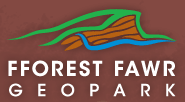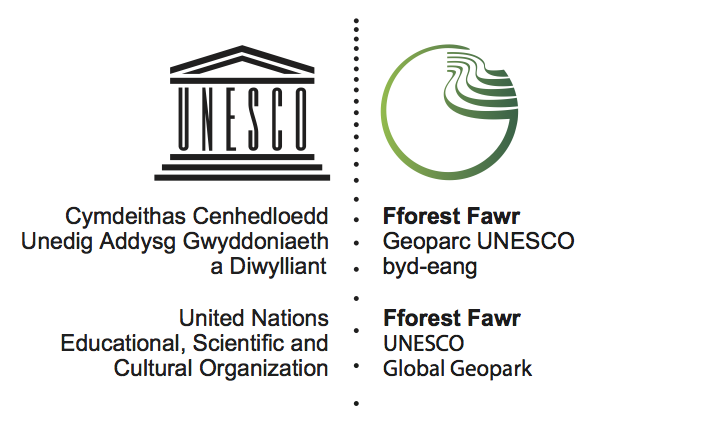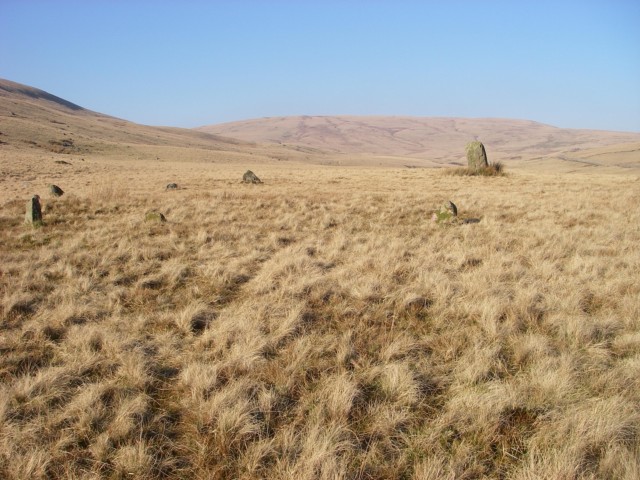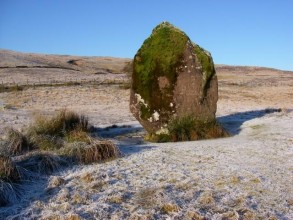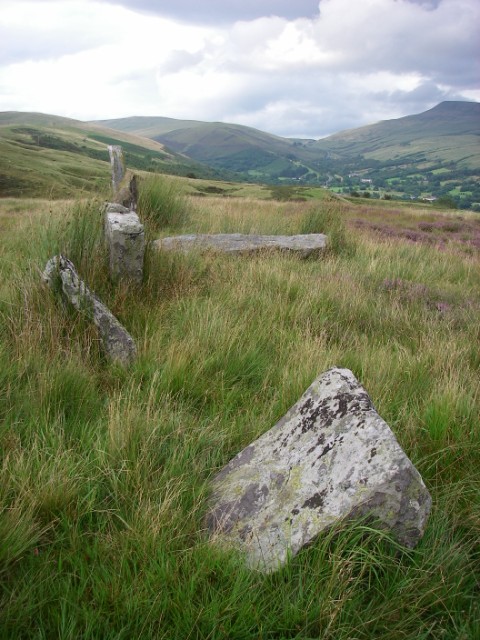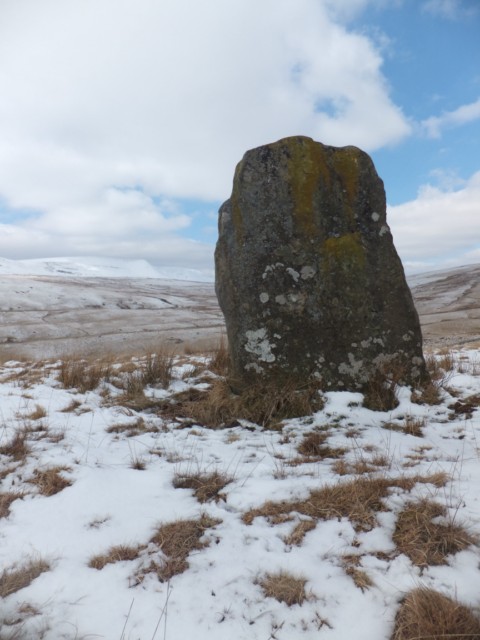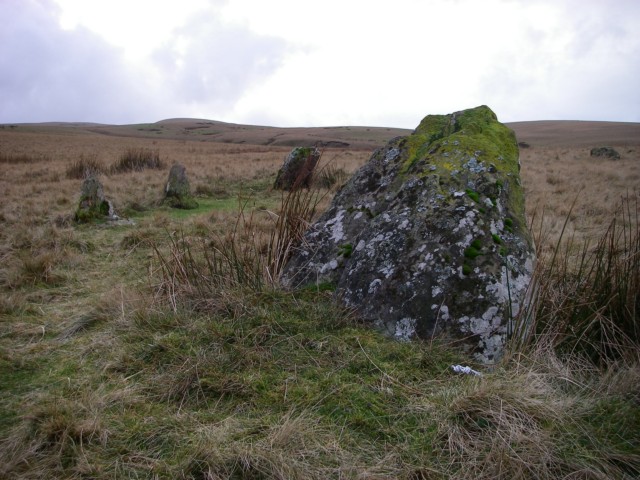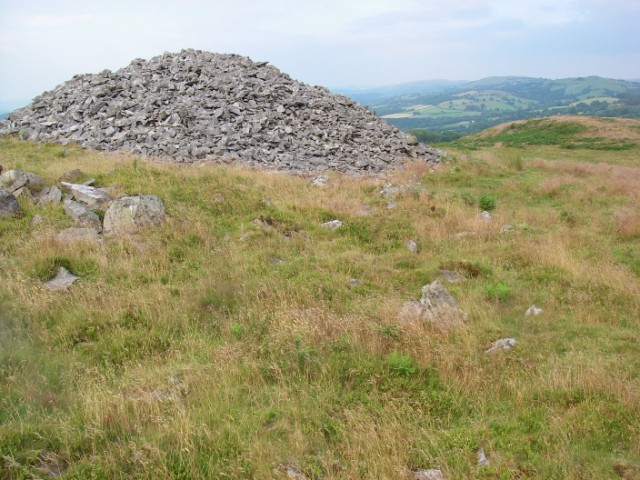(about 4500 – 2750 years ago)
An improvement in Britain’s climate from about 4500 years ago heralded the start of the Bronze Age and was associated with the spread of agriculture into the uplands at the expense of the wildwood. This change is suggested by a gradual decline in tree pollen and an increase in plantain pollen and bracken spores in peat cores taken locally. It is also known that cereals were cultivated in the Brecon Beacons area.
The climate deteriorated again from about 3000 years ago and resulted in a retreat of farming from the uplands. Peat bogs spread across formerly productive farmland.
The Neolithic tradition of constructing stone circles was continued into Bronze Age times but now came the construction of large dry stone cairn burial mounds on the summits of Mynydd Du and Fforest Fawr
Copper tools and other objects are recorded from at least 4500 years ago. The use of copper was followed shortly by bronze. However stone tools continued to be made and used in Wales until about 3400 years ago.
Bronze Age sites
Amongst the sites within Fforest Fawr Geopark which are known to date from this period are a number of standing stones and circles. Most are accessible to the public. All are scheduled ancient monuments and care should be taken not to disturb or damage them in any way.
- Stone Circles at Mynydd Bach Trecastell
(SN 833311)
These stand on access land 1 mile north of Usk Reservoir.
- Troed Rhiw Wen
(SN836256)
This standing stone can be viewed from the public bridleway running west from Blaenau Uchaf, 1 mile south of Usk Reservoir.
- Cerrig Duon Stone Circle
(SN 851206)
Originally consisting of 22 low stones of which 14 remain. It stands on access land just to the west of the minor road between Glyntawe and Trecastle.
- Maen Llia Standing Stone
(SN 924192)
A 3.7m high stone just off Sarn Helen in Cwm Llia. A short path leads from the public road through the valley. Like most other standing stones in the Geopark, this monolith is made of Old Red Sandstone, albeit of a particular type referred to as ‘intraformational conglomerate’ (including clasts of calcrete). More rocks of a similar nature are found just a few hundred metres to the north; some combination of glacial ice and, at a later date, man may have moved this stone from that locality to its current location. - Saith Maen Stone Row
(SN 833154)
Two of the seven stones of this monument’s Welsh name have now fallen. The site is within access land just west of Craig-y-nos in the upper Tawe valley. - Waen Lleuci
(SN 854215)
An Old Red Sandstone monolith nearly 2m high. It stands on access land just to the east of the minor road between Glyntawe and Trecastle.
- Nant Tarw Stone Circles
(SN 818258)
There are two circles and a short stone row here on access land 1 mile south of Usk reservoir.
Awaiting Image - Y Garn Goch
(SN 690243)
A hilltop site occupied in the Bronze Age but now dominated by the ruins of the later Iron Age fortifications.
